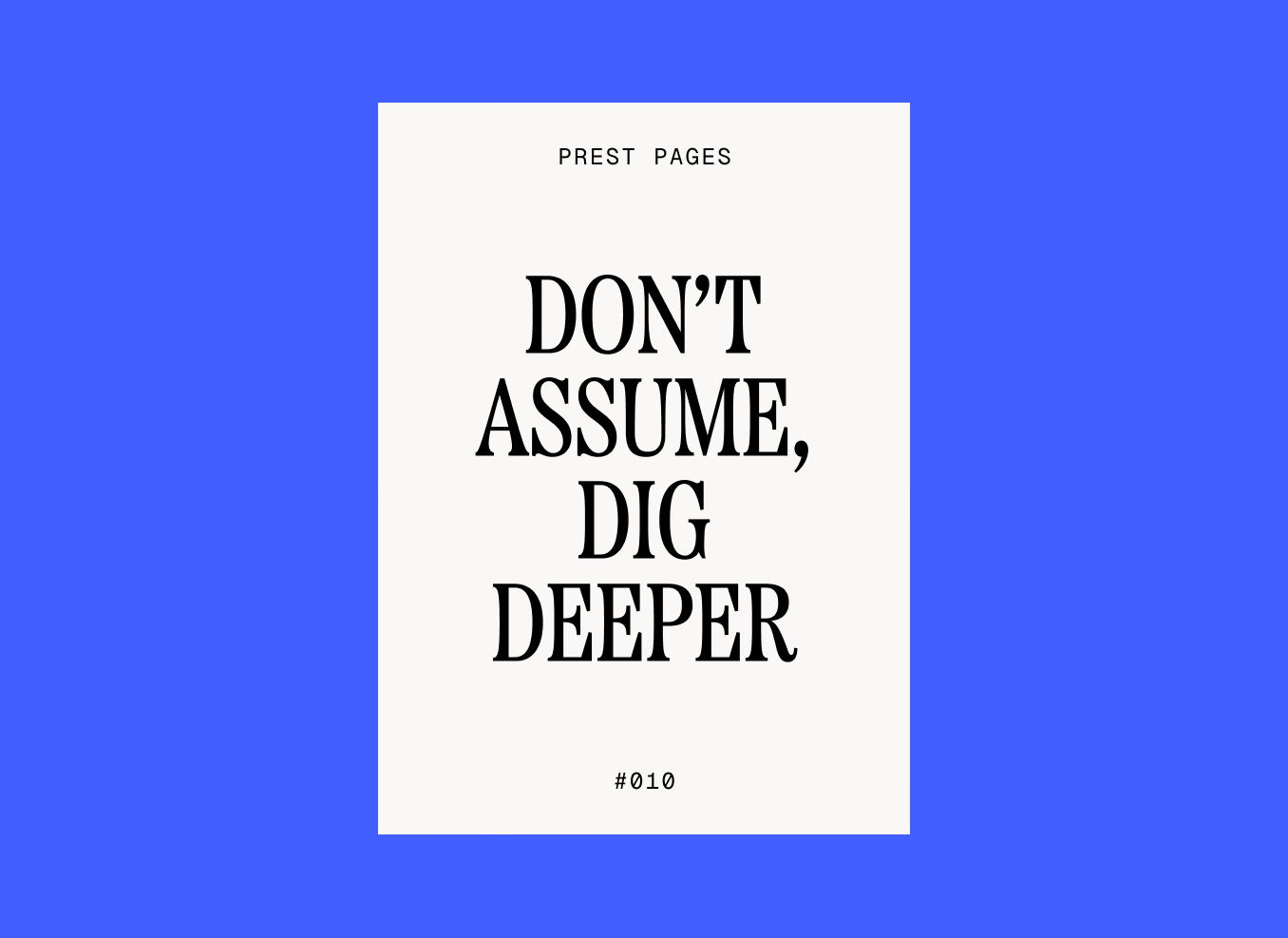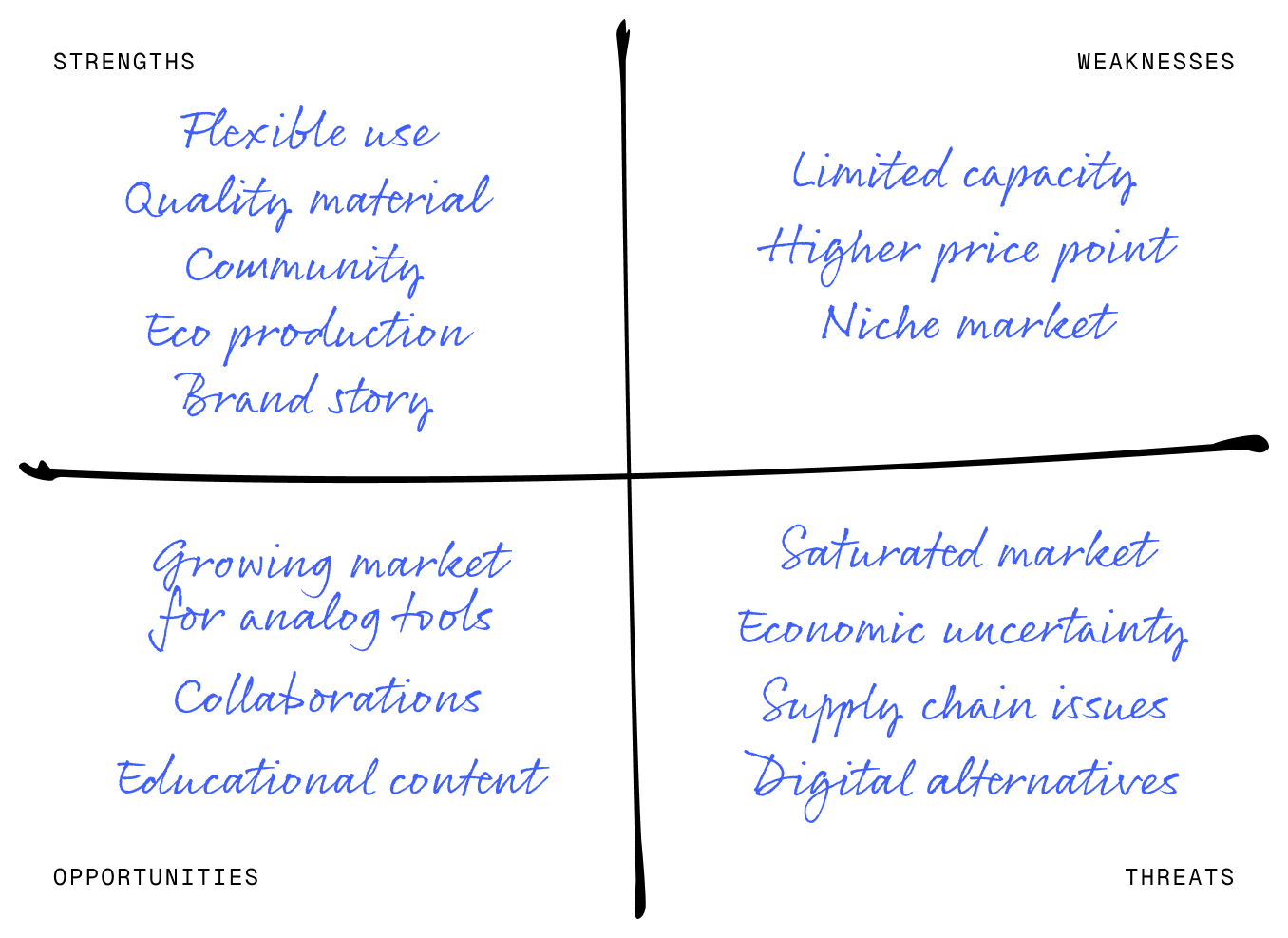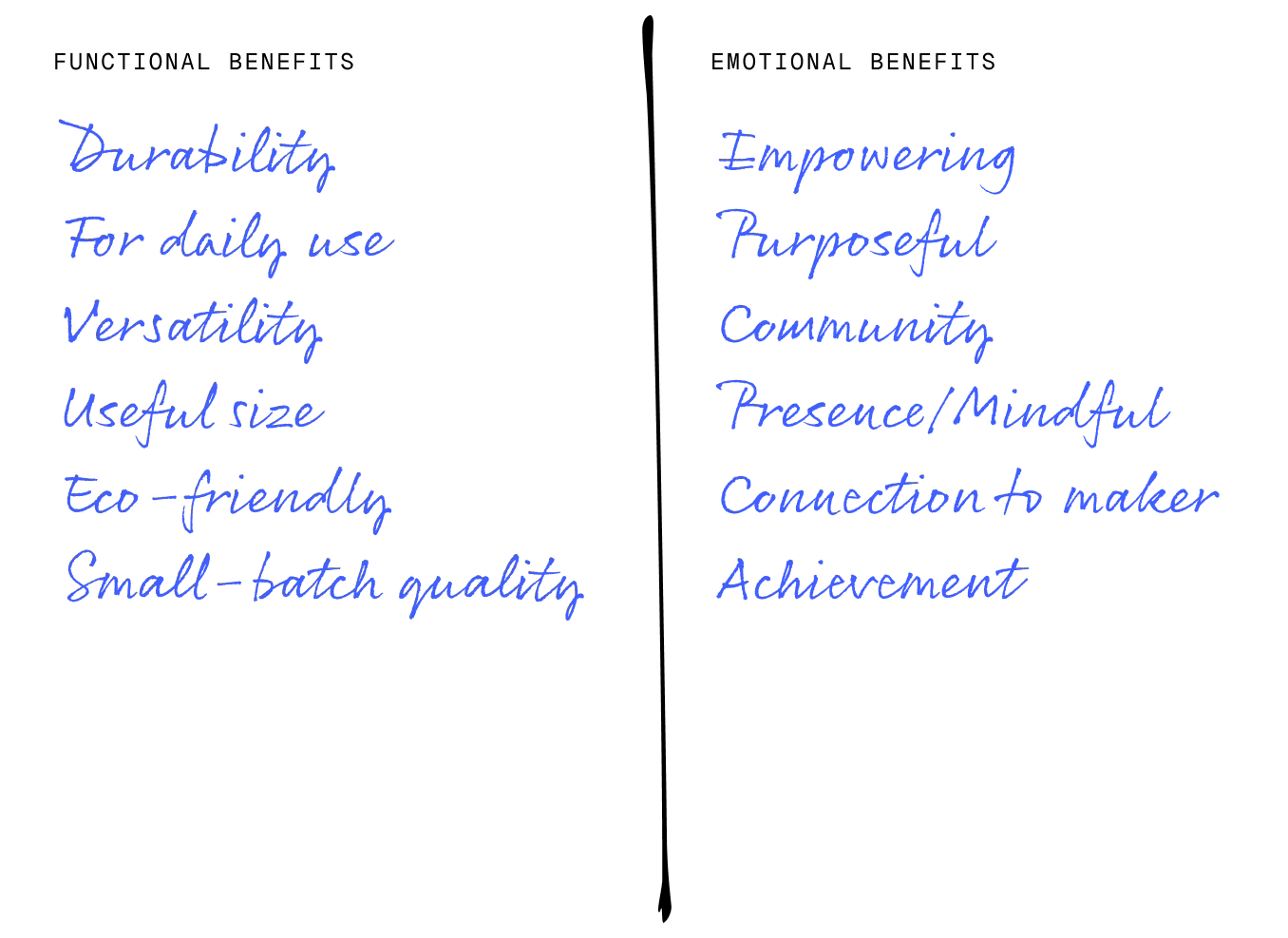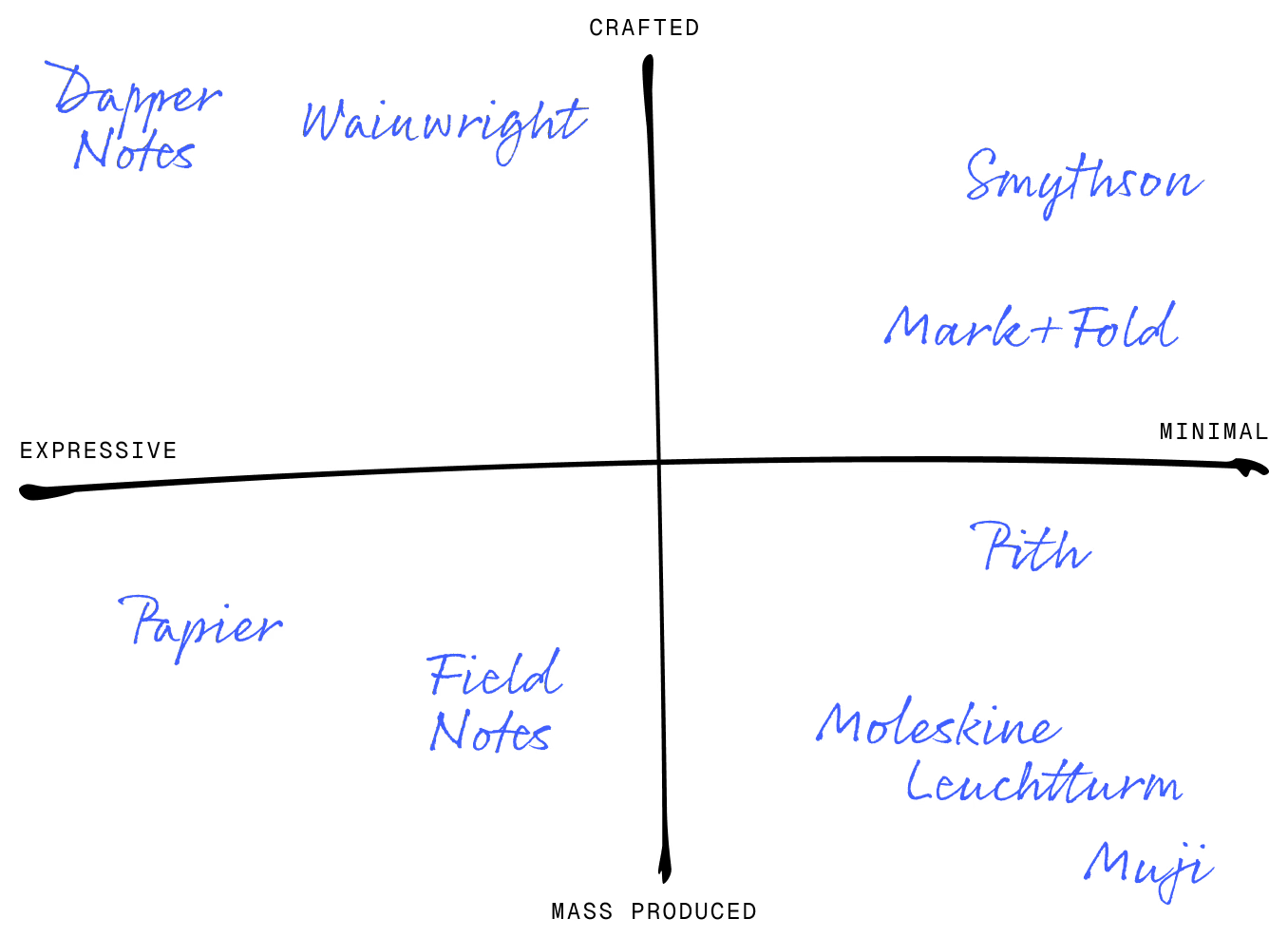Don't Assume, Dig Deeper
Page 10: Understanding your market will reveal the right path forward
Hello,
When it comes to branding, unfortunately, you don’t start with all the answers. So you have to start with questions. I’ve spent the last couple of weeks researching the stationery market. It’s not the most glamorous – no shiny logos, no catchy taglines, no colour palettes. But it’s the foundation of everything. Figuring out where your brand stands, and maybe more importantly, where it doesn’t stand is the goal. If you get this part right, you’ll create a brand that actually matters.
So, how do you dig deeper?
Audits
Start with a good look at what’s out there – both inside and outside your brand.
Visual
Take a look at how you (and your competitors) look visually. This goes beyond logos and colours. Are your visuals consistent? Do they look like they belong together? Are they appealing or tired? And how does that stack up against what others in your market are doing? This will give you an immediate sense of how you and your competitors are showing up.
Verbal
Ever notice how some brands just sound like themselves? That’s what I’m aiming for. I want our words, tone, and messaging to feel unmistakably “PREST”. And again, how does this compare to competitors? Knowing your voice is one thing, but making sure it stands out is something else.
Behavioural
This one’s about how a brand acts. Look hard at how employees and social media accounts speak and talk and interact. Customers remember how a brand makes them feel more than any catchy slogan.
Each of these audits will help to reveal the areas where you’re doing well, and where there’s room for improvement.
Analysis
These might seem like simple exercises, but they can result in some pretty big outcomes.
SWOT (above)
Strengths: What do you do better than anyone else?
Weaknesses: Where do you struggle?
Opportunities: What trends or shifts could work in your favour?
Threats: What’s out there that could knock you off course?
Function vs. Emotion (below)
Functional benefit: What do you do? This should cover the facts.
Emotional benefit: Why do you do it? This should cover why it matters to someone (beyond the functional benefits).
Competitor Mapping
Mapping your competitors isn’t about copying or competing; it’s like zooming out to see the landscape clearly. By identifying the key players, you start to understand where they sit in the market and where the gaps are.
Obviously you can’t fit every brand on here, but including the ones that stand out to you should be enough. Stationery’s a pretty crowded market, but by choosing the right axes for the map, I managed to reveal a gap in the upper-middle-left section. It might be that the gap isn’t viable and that’s why no one’s operating in it, but it could be an opportunity too.
EDIT: I’ve revisited my diagram since writing this post, changing the axes to reveal a better opportunity. One important thing to consider when choosing your axes is that they all need to be viable. In other words, you can’t have “useful” and “useless” as an axis, because no one would really buy a useless thing.
All of this investigating might feel like a bit of a slog, but it’s the groundwork for everything that comes next. This work leads directly into the next step – Strategy – where I’ll start defining why PREST exists.
So, embrace the investigative phase. Because the better you understand your position, the more intentional and impactful the next steps will be. Next, I’ll be covering how this investigation feeds into the brand strategy and helps you define the “why”.
Until next time,
Callum









Great work! Thanks for the inspiration!